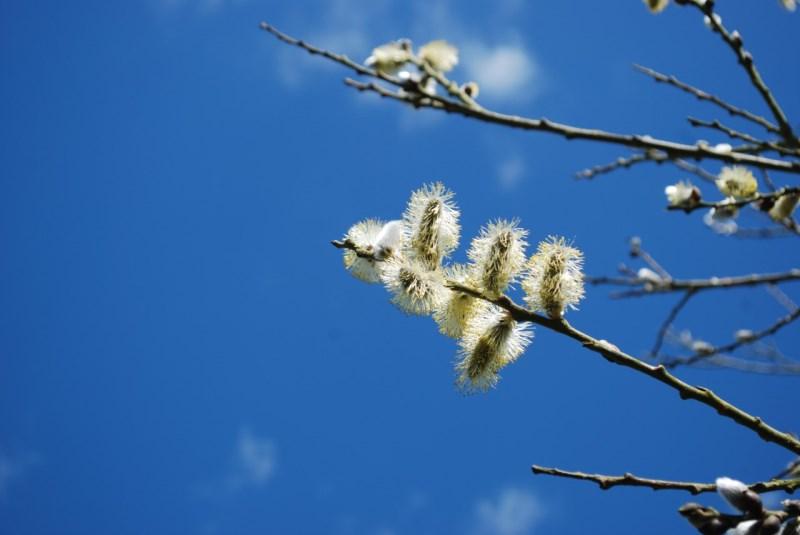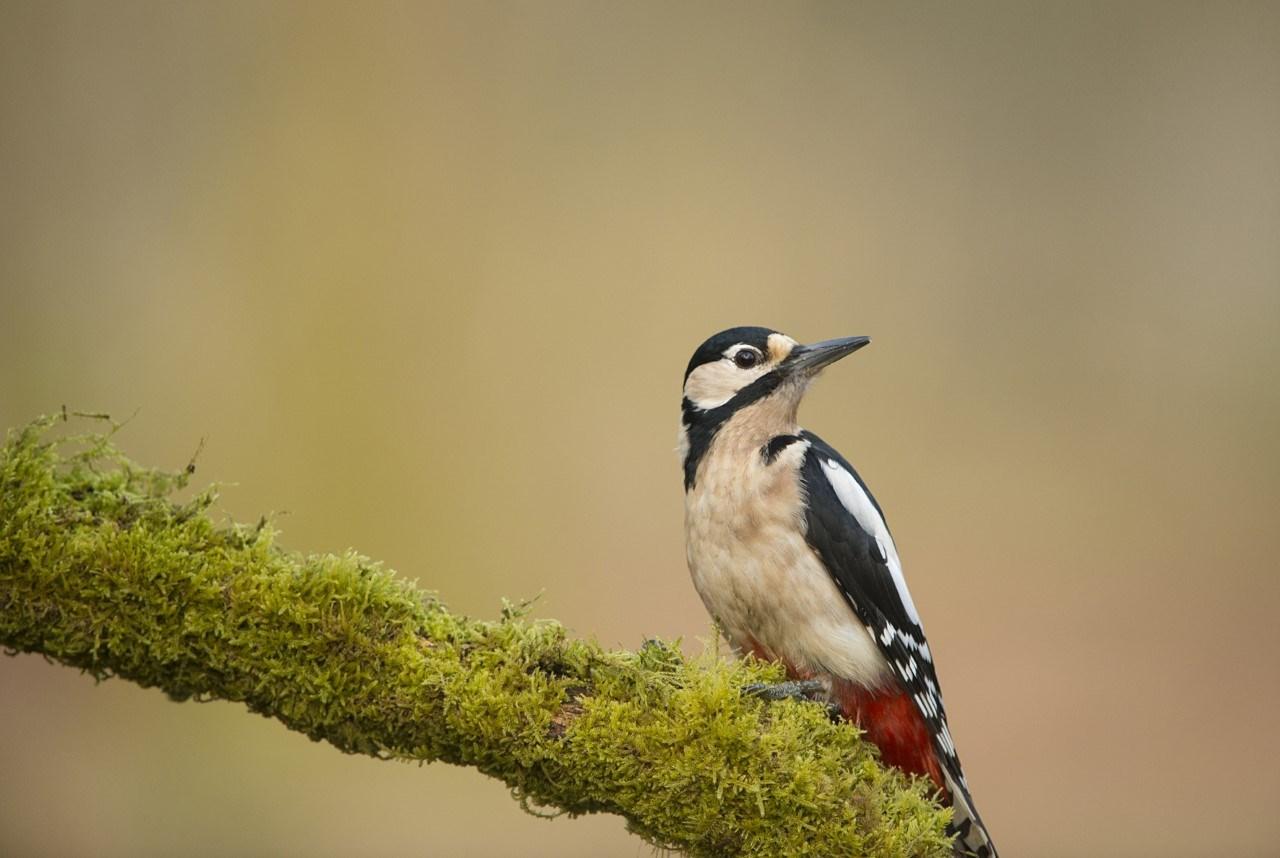
3 minute read
Nature RSPB
24 Nature
Changes in the air… By Roy Newnham, Visitor Experience Officer, RSPB
Advertisement
Moving into February there are signs of winter’s decline and the promise of spring. Snowdrops break through the ground, their brilliant white petals a welcome sight. Hazel catkins sway gently in the breeze. These ‘lamb tails’ are actually male flowers, made up of 240 individual flowers laden with pollen, arranged around the dangling stem. The female flowers are much harder to spot. With a green base, they have red tendril-like styles emerging from the top, making the flower look like a tiny sea anemone. Despite every hazel having both male and female flowers on the same plant, it cannot pollinate itself. At this time of year there are much fewer insects around to pollinate plants, so the hazel relies on the wind to carry its pollen to another tree and a female flower. Any pollen blown onto the female flower will fertilise it and trigger the development of a hazelnut, ripening later in the autumn. Hazel catkin male


Another catkin easily recognised at this time of year is that of the goat willow. These catkins are soft, furry and grey, giving rise to the trees common name of ‘pussy willow’. These are the male flowers, which become bright yellow with pollen when ripe. Unlike the hazel, the goat willow is dioecious, meaning male and female flowers grow on separate trees with the female catkins being long and green. Despite being predominantly wind pollinated, the male catkins of the willow attract early bees, flies and other insects. With few other flowering plants around the willow can literally hum with the buzz of insects on warm sunny morning. One of the insects that may take Goat willow Hazel female flower
advantage of this pollen feast is the buff-tailed bumblebee. These are the first of our bumblebees to appear and they are queens, having spent the winter hibernating alone. As well as feeding, they can be seen traversing low over the ground looking for a new nest site. They often use old mammal burrows and you may spot them disappearing down a hole.

Great spotted woodpecker - Ben Andrew
As well as the hum of insects, listen out for the ‘drumming’ of woodpeckers. These are likely to be great spotted woodpeckers. About the size of a blackbird with black and white plumage and red undertail, the male has a red nape and juveniles sport a red cap that moults out as they reach adulthood. The male does most of the drumming declaring his territory to other males and letting the females know he is available. He hammers an astonishing 10 –20 times a second and at least 1000 times the force of gravity! That is like hitting your head against a wall at 20mph. The thought of it just gives me a headache. Listen out for them in any wooded area but particularly around Church Norton. Another of our resident birds staking claim to a territory is the stonechat. The males are pretty little birds similar in size and shape to a robin, with a black head, white neck patches, brown back and orange breast. Like many birds, the female is less conspicuously marked, with just a tinge of orange breast, brown head and back. Their song is variable but it is the contact call that gives rise to their name, sounding much like two pebbles being knocked together. Stonechats are found on both reserves but they do like to frequent the gorse bushes around Medmerry. If you would like help identifying our birds, we are running another Birdwatching for Beginners –Pagham Harbour’s Birds of Winter workshop on Sunday 23rd February. For more information on joining our team of volunteers, guided walks and all our other events, pop into our Visitor Centre on the B2145 south of Chichester, or visit our website www.rspb.org.uk/paghamharbour or call 01243 641508.










